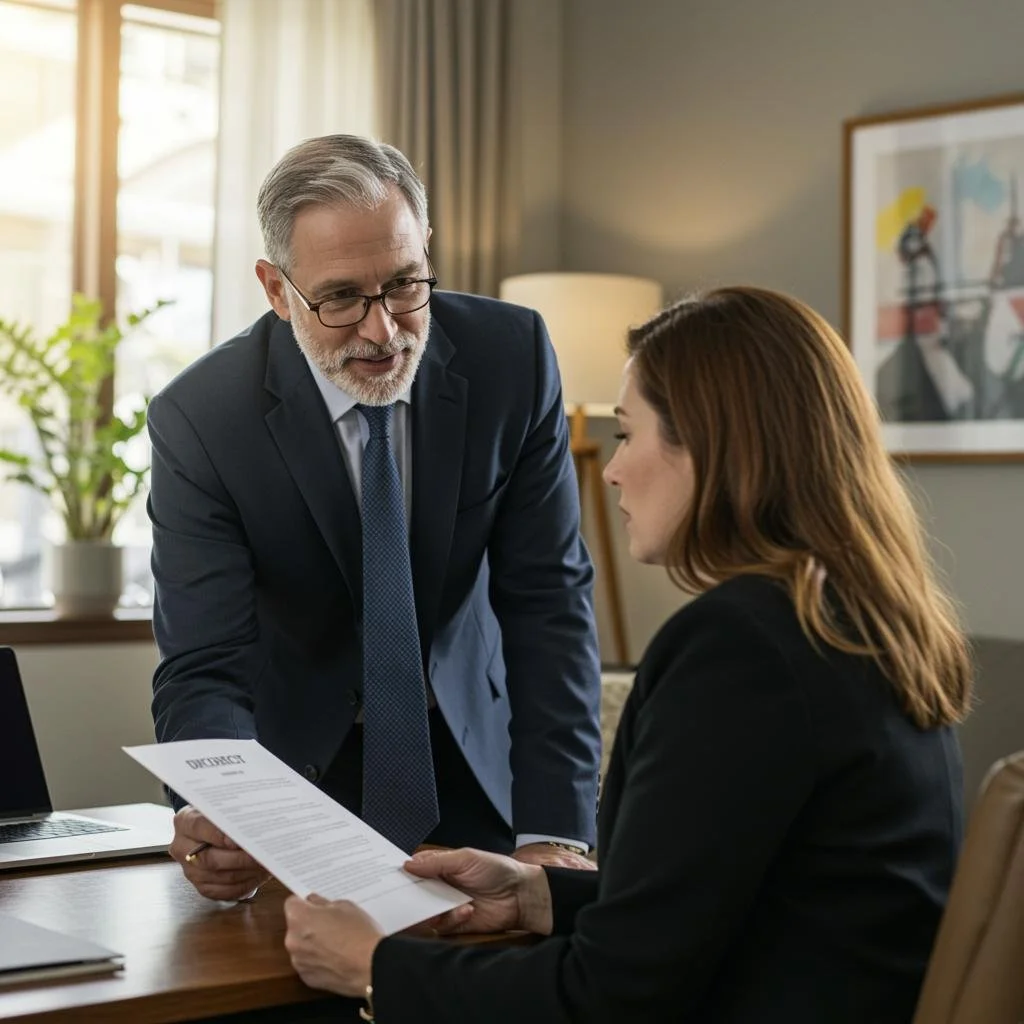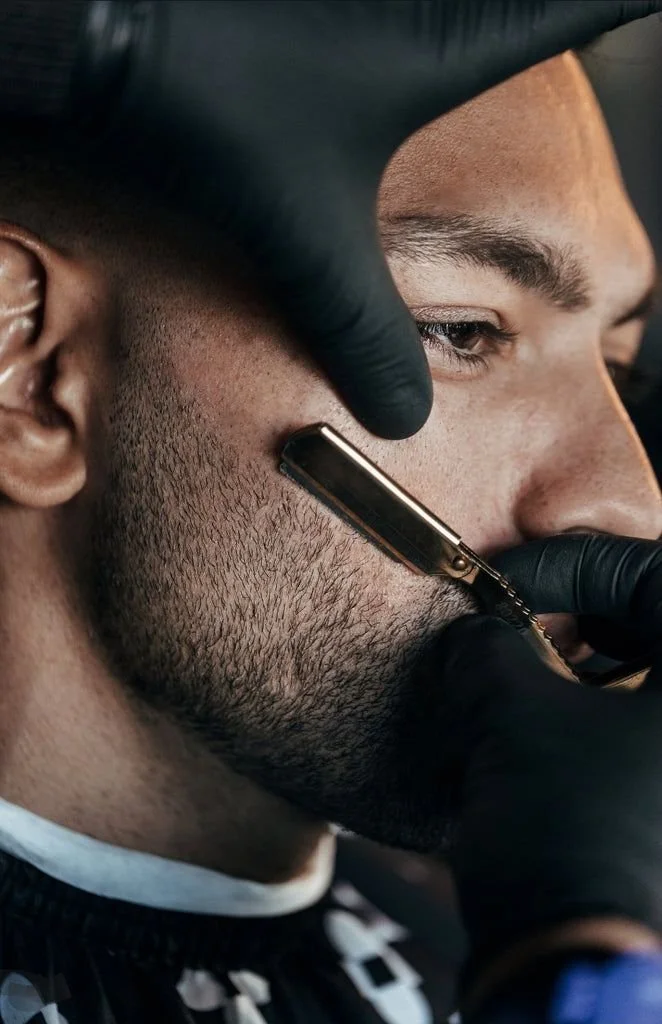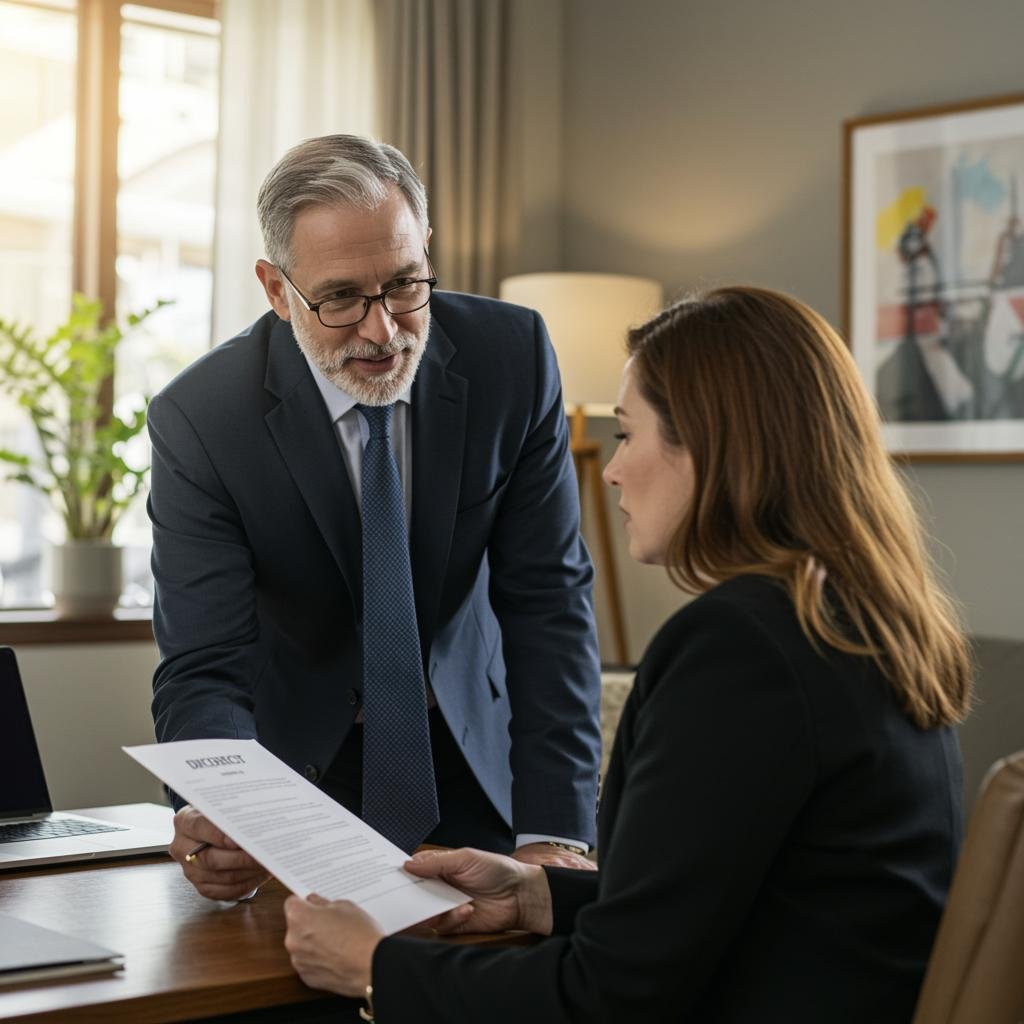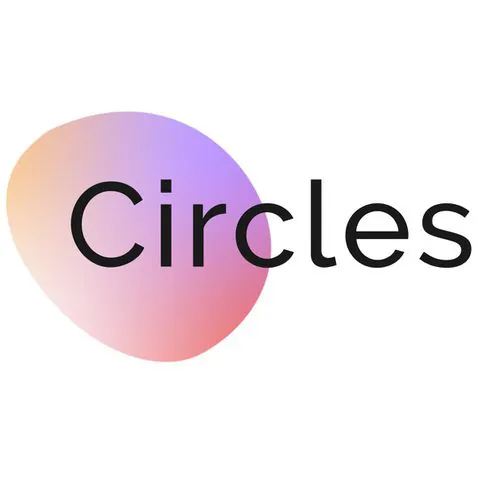Divorce is a major life event that brings a host of challenges—emotional, legal, and financial. While the emotional toll of divorce is often the most visible, the financial implications can be equally overwhelming. Many couples are caught off guard by the high costs associated with ending a marriage, which can create significant financial stress during an already difficult time.
In this article, we’ll explore the various expenses involved in a divorce, including attorney fees, court costs, mediation costs, and ongoing financial obligations like child support and alimony. Understanding these costs is crucial for anyone going through a divorce, as it can help them prepare financially and avoid unnecessary surprises.
Divorce: Emotional and Financial Challenges
Divorce is never an easy decision. It comes with emotional stress, legal battles, and significant expenses. Many couples going through a divorce underestimate the financial burden involved. From attorney fees to court costs, the expenses can add up quickly, making it difficult for many people to manage.
If you live in the United States, for example, the cost of divorce varies widely depending on the state. In larger states, legal fees tend to be higher, while in smaller states, the costs may be slightly lower. Regardless of location, divorce can be expensive, and many people struggle to to handle the cost of a divorce.
No. 1
Attorney Fees
One of the most significant expenses in any divorce is attorney fees. Lawyers charge either a flat fee or an hourly rate, and these fees can quickly add up, especially if the case becomes complicated.
According to a study, the average divorce in the U.S. costs around $12,900, with attorney fees accounting for about $11,300 of that total. Most divorce attorneys charge between $200 and $500 per hour.
If the divorce involves disputes over child custody, property, or alimony, the legal fees will be even higher. In some cases, hiring a lawyer can cost tens of thousands of dollars, making it one of the most significant expenses in the process.
No. 2
Court Costs
Filing for divorce requires paying court fees, which vary by state. In the U.S., the average court filing fee ranges from $100 to $400. Some states also charge extra fees for motions, hearings, and document processing.
If a couple disagrees on major issues, they may need to attend multiple hearings, which increases the overall court costs. In cases where mediation or arbitration is required, additional fees may also apply.
No. 3
Mediation and Arbitration Fees
For couples who want to avoid a lengthy court battle, mediation and arbitration are common alternatives. Mediation involves hiring a neutral third party to help settle disputes, while arbitration is a more formal process where a third party makes binding decisions.
Mediators typically charge between $100 and $300 per hour, and a full mediation process can cost anywhere from $3,000 to $7,000. While mediation can save money compared to a court trial, it still adds to the overall expense of divorce.
Circles
A safe place to share
or listen anonymously.
Listen, relate and connect with others
in an audio-only setting that shows
only your first name.
No. 4
Child Support and Alimony Payments
Divorce settlements often include child support and alimony payments, which can place a financial strain on both parties. Child support payments depend on the number of children, the income of both parents, and state laws. On average, a parent in the U.S. pays about $430 per month in child support.
Alimony, on the other hand, depends on factors such as income, the length of the marriage, and the financial needs of the recipient. Some spouses are required to pay alimony for several years, adding to the long-term costs of divorce.
No. 5
Property Division Costs
Dividing assets and property is another significant cost in divorce. If a couple owns a home, they may need to sell it and split the proceeds. In some cases, one spouse buys out the other, which requires additional legal and financial transactions.
Retirement accounts, investments, and business assets also need to be divided, sometimes requiring financial experts or accountants. The more assets a couple has, the more expensive the divorce becomes.
Takeaways
Divorce is an expensive process, and the costs involved go beyond just attorney fees. Court costs, mediation fees, alimony, child support, and property division all contribute to the financial burden.
For anyone going through a divorce, it is vital to plan financially and seek professional guidance to minimize expenses. Understanding the costs can help individuals make informed decisions and prepare for life after divorce.
Looking for resources?
At Hello Lovely Living, we aim to empower you to earn and save money and time while benefiting from our expansive network of home, life, wellness, travel, work-from-home, career, and business resources and opportunities. Discover a wealth of tools to support your journey.




































































